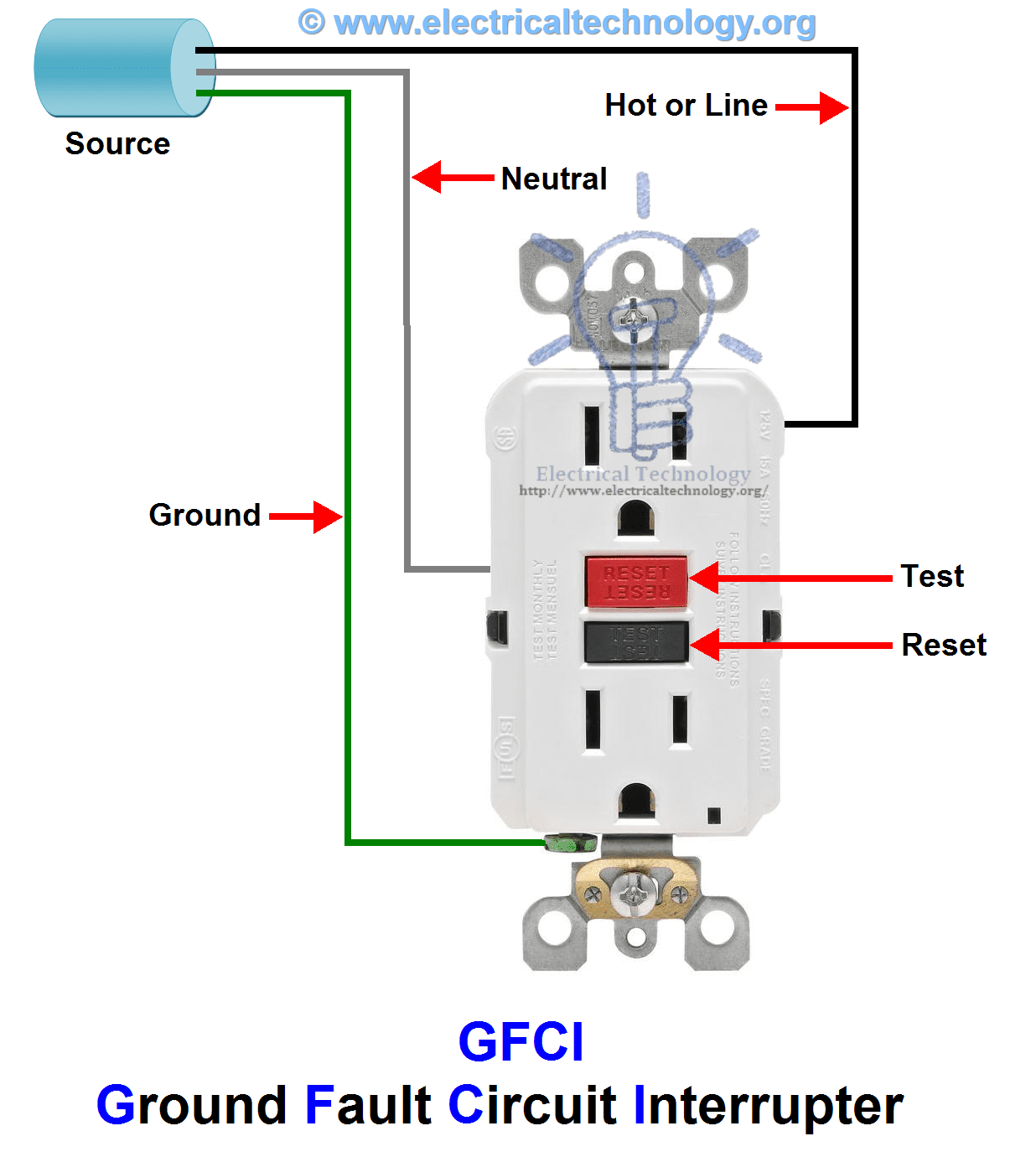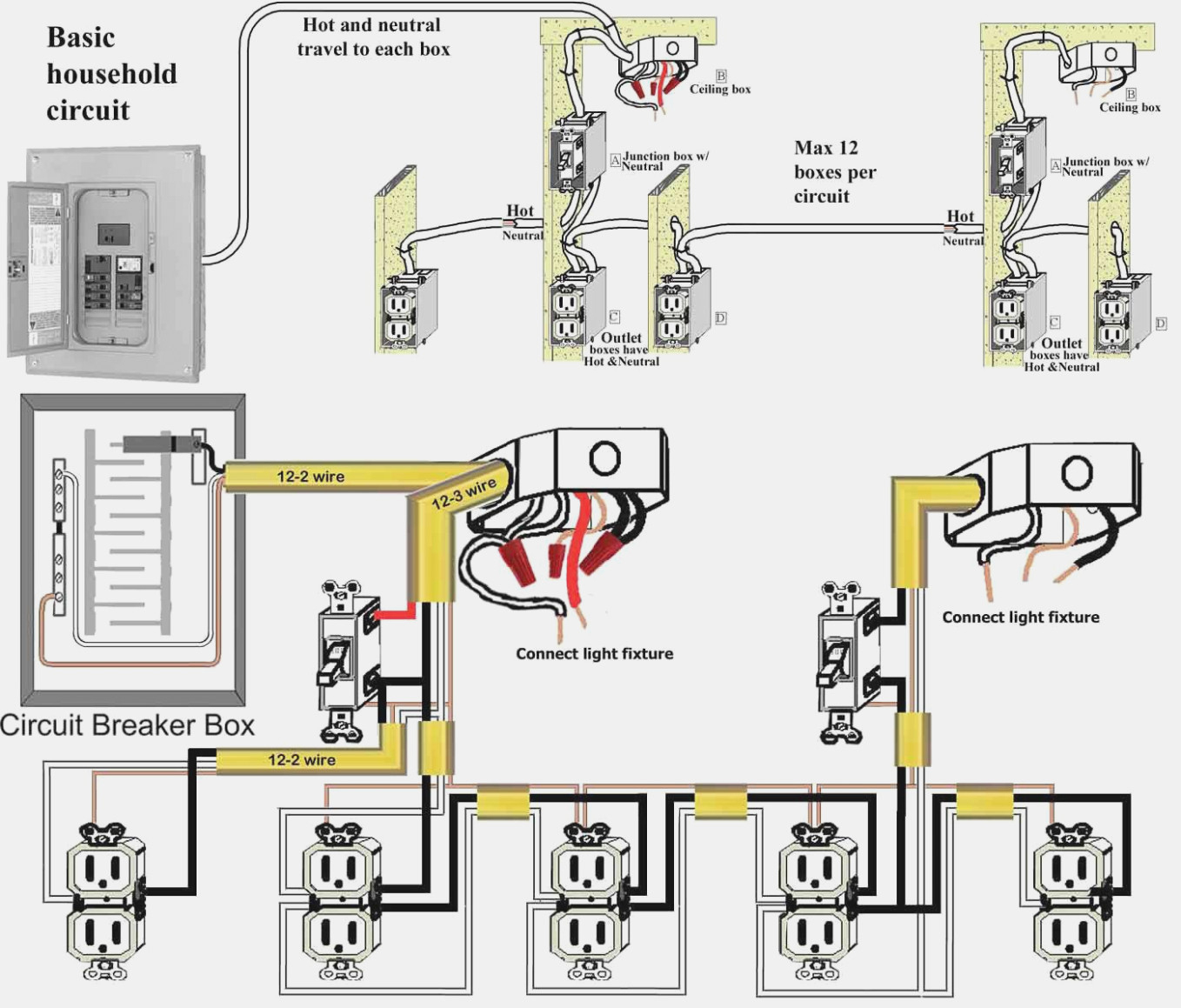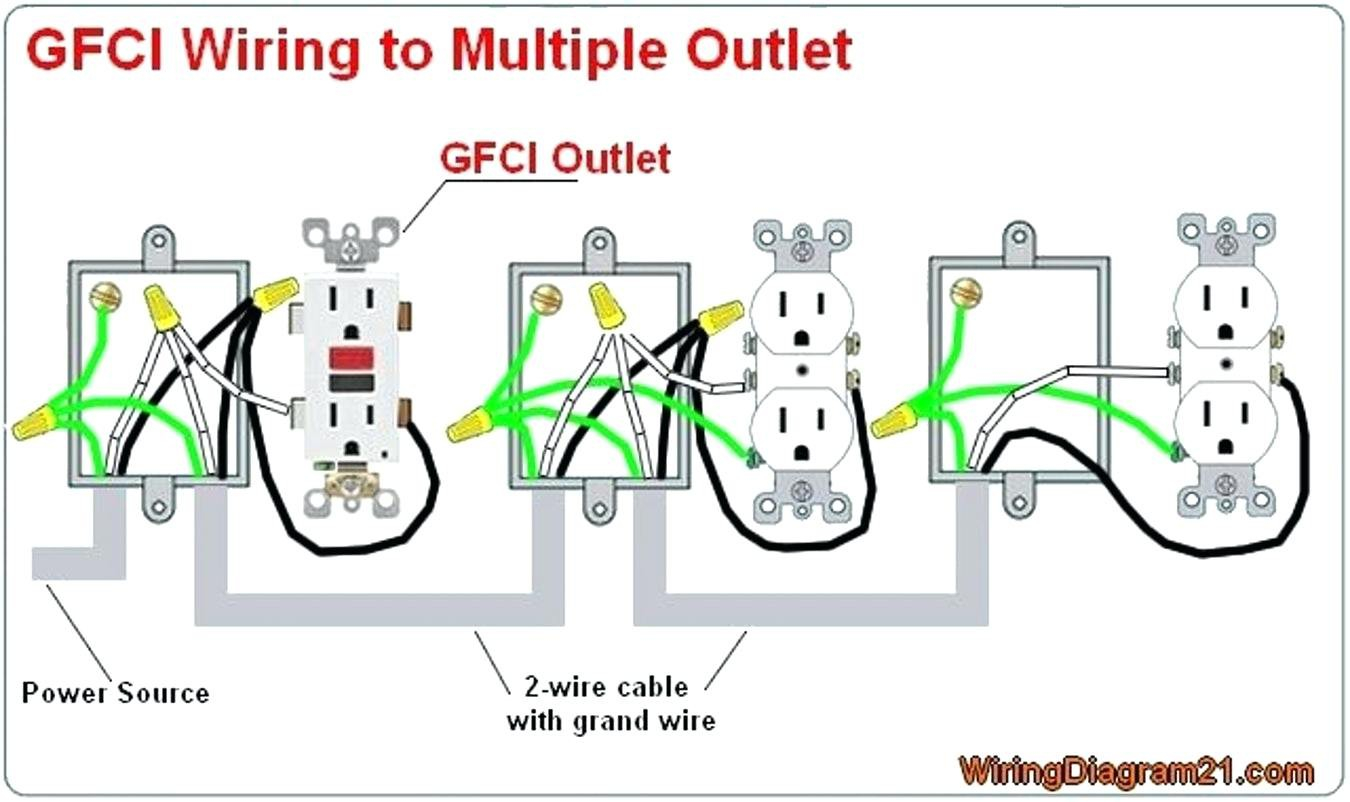Glory Tips About Is A GFCI Breaker

What's a GFCI, Anyway?
It's More Than Just a Special Outlet
A Ground Fault Circuit Interrupter (GFCI) is a clever safety device designed to protect people from serious electric shocks. How does it work? It constantly checks the flow of electricity going into and out of a circuit. If it detects even a tiny difference — which usually means electricity is escaping where it shouldn't, like through a person — it acts incredibly fast, shutting off the power almost instantly.
Imagine a GFCI as a super-attentive lifeguard for your electrical system. While your regular circuit breakers protect your appliances and prevent fires by dealing with too much electricity or short circuits, a GFCI's main goal is to protect you from what's called a ground fault. This happens when electricity takes an unintended path to the ground.
You'll typically spot GFCIs in places where water is often present, such as bathrooms, kitchens, laundry rooms, garages, and outside outlets. This isn't random; water significantly increases the danger of electric shock, making GFCI protection absolutely essential in these areas.
It's worth knowing that while many GFCIs are built right into electrical outlets (these are called GFCI receptacles), they can also be found as special circuit breakers (called GFCI breakers) in your main electrical panel. This is often where the mix-up happens, as both forms serve the same core purpose of protecting against ground faults, even though they look different.

The Job of a Circuit Breaker: Your Home's Electrical Protector
It Does More Than Just Flip a Switch
A circuit breaker is a fundamental safety device located in your home's main electrical panel. Its primary job is to shield your electrical circuits from damage caused by too much electricity flowing through them, which can happen because of an overload (too many things plugged in) or a short circuit (when wires touch improperly). When too much current flows, the breaker "trips," cutting off the electricity and preventing potential damage to your home's wiring, appliances, and, most importantly, reducing the risk of electrical fires.
Think of your circuit breaker like a very strict but helpful security guard. Its job is to make sure only a safe amount of electricity is allowed on any given circuit. If too much "traffic" (electrical current) tries to get through at once, or if there's a sudden problem, the security guard steps in and temporarily shuts things down to prevent any major issues or damage.
Unlike old-fashioned fuses, which you had to replace after they blew, a circuit breaker can simply be reset once the problem that caused it to trip has been fixed. This makes them much more convenient and cost-effective for protecting electrical systems in modern homes. They are your first line of defense against most common electrical faults that could lead to property damage.
Every circuit in your home, from the lights in your living room to your kitchen appliances, is protected by its own dedicated circuit breaker. These breakers are sized specifically to match the amount of electricity the wiring in that circuit can safely handle. This careful design ensures your wires don't get overloaded and overheat, which is how your home's electrical system stays running smoothly and safely.

GFCI Breaker vs. GFCI Receptacle: Two Ways to Protect
Different Forms, Same Mission
This is where the question, "Is a GFCI a breaker?" becomes clearer. As we've discussed, the main job of a GFCI is to provide ground fault protection. This protection comes in two main types: a GFCI receptacle or a GFCI circuit breaker.
A GFCI receptacle, easily recognized by its "TEST" and "RESET" buttons, is an outlet that has the ground fault protection built right into it. When installed, it protects itself and any other outlets that come after it on the same circuit from ground faults. This is a common and effective way to add GFCI protection to specific areas of your home without having to change your entire electrical panel.
On the other hand, a GFCI circuit breaker is installed in your home's main electrical panel, taking the place of a standard circuit breaker. When a GFCI breaker trips, it cuts off power to the entire circuit it protects, offering ground fault protection for all outlets and devices on that whole circuit. This gives you broader protection for a larger area, making it a good choice for new homes or when you're upgrading an entire circuit to meet GFCI requirements.
While both versions do the same life-saving job of detecting and interrupting ground faults, their use is different. A GFCI receptacle is a local solution, ideal for adding protection to just one spot. A GFCI breaker, however, provides protection for an entire circuit right from the panel. So, yes, a GFCI can be a breaker (a GFCI breaker), but not all GFCIs are breakers (some are receptacles). See? Not so complicated after all!

How To Wire GFCI/ AFCI Circuit Breaker
Why You Need Both: A Team Effort for Safety
Stronger Together
The really important thing to understand is that GFCIs and regular circuit breakers are not substitutes for each other. They are complementary safety devices, each dealing with different kinds of electrical dangers. A standard circuit breaker protects against too much current (overloads and short circuits) that can lead to overheating and fires. A GFCI, whether it's an outlet or a breaker, specifically protects against ground faults, which are the main cause of electrical shock injuries and fatalities.
You truly need both for a truly secure electrical system in your home. Imagine a house with only circuit breakers: it would be protected from fires caused by faulty wiring or overloaded circuits, but someone could still get a severe shock if, say, a hair dryer fell into a sink. On the flip side, a house with only GFCIs (if that were even practical for every circuit) would be great for preventing shocks but wouldn't adequately protect against overcurrents that could still cause fires.
Modern electrical rules often require both, placed strategically to give you complete protection. This layered approach to safety ensures your home's electrical system is guarded against a wide range of potential dangers, giving you peace of mind. It's much like having both a fire extinguisher and a smoke detector — different tools for different, but equally important, safety concerns.
So, the next time you think about your home's electrical system, remember that the devices in your panel and on your walls are working together to keep you safe. Knowing what each one does is the first step toward appreciating the clever engineering that protects your home from electrical hazards.

What Does A Gfci Circuit Breaker Look Like Diagram
Don't Forget to Test Your GFCI!
A Quick Check for Big Protection
Understanding what GFCIs are and how they work is only part of the story. The other, equally vital part, is making sure they're actually doing their job correctly. Regularly testing your GFCI outlets and breakers isn't just a suggestion; it's a crucial maintenance task that could very well save a life.
Testing a GFCI receptacle is super easy. Just plug in a lamp or a small appliance to the GFCI outlet to make sure it's getting power. Then, push the "TEST" button. The GFCI should "trip," meaning the power to that outlet will shut off, and your lamp or appliance will turn off. To get the power back on, simply press the "RESET" button. Your lamp or appliance should light up again. If the GFCI doesn't trip, or if it doesn't reset properly, it's time to call a qualified electrician to have it replaced.
For GFCI circuit breakers, the process is similar. Find the GFCI breaker in your electrical panel. Make sure something connected to that circuit is powered on. Then, toggle the breaker switch to the "OFF" position and then to the "TEST" position (this might be a small button or a specific way you move the switch, depending on the breaker type). The breaker should move to the "TRIPPED" position. To restore power, push the breaker fully to the "OFF" position first, then back to "ON." Again, if it doesn't trip or reset properly, get in touch with an electrician.
How often should you do this? Most manufacturers suggest testing GFCI receptacles monthly and GFCI breakers annually. However, some experts recommend monthly testing for both. When in doubt, testing more often is always better for safety. It's a small effort for a huge boost in security, much like checking your smoke detectors or changing their batteries — little actions with big positive impacts.

Wiring Diagram Gfci Circuit Breaker
Common Questions About GFCIs and Breakers
Your Electrical Questions, Answered
Q1: Can a GFCI take the place of a regular circuit breaker?
A1: No, a GFCI (whether it's an outlet or a GFCI breaker) doesn't replace the basic overcurrent protection that a regular circuit breaker provides. While a GFCI breaker does offer both ground fault and overcurrent protection for its specific circuit, a GFCI outlet only provides ground fault protection. You still need standard circuit breakers in your main panel to protect against overloads and short circuits throughout your home's entire wiring system.Q2: Why does my GFCI keep tripping?
A2: When a GFCI trips, it's actually doing its job and alerting you to a problem. Common reasons for a GFCI to trip include a ground fault in an appliance that's plugged into the circuit, moisture in the outlet or wiring, or even a problem with the GFCI unit itself. If it's tripping often, it's really important to find out why. Try unplugging all devices from the GFCI outlet, reset it, and then plug them back in one by one to see if you can identify the faulty appliance. If it still keeps tripping even when nothing is plugged in, there might be a wiring issue or a defective GFCI, and you should definitely call an electrician.Q3: Do I need a GFCI for every single outlet in my home?
A3: No, current electrical rules don't require GFCI protection for every outlet in your house. GFCIs are specifically mandated for areas where there's a higher chance of ground faults and electric shock, mainly near water sources. These areas include bathrooms, kitchens, laundry rooms, garages, basements, crawl spaces, and outdoor outlets. While not required everywhere else, adding GFCIs in other parts of your home can certainly make your electrical system safer overall.